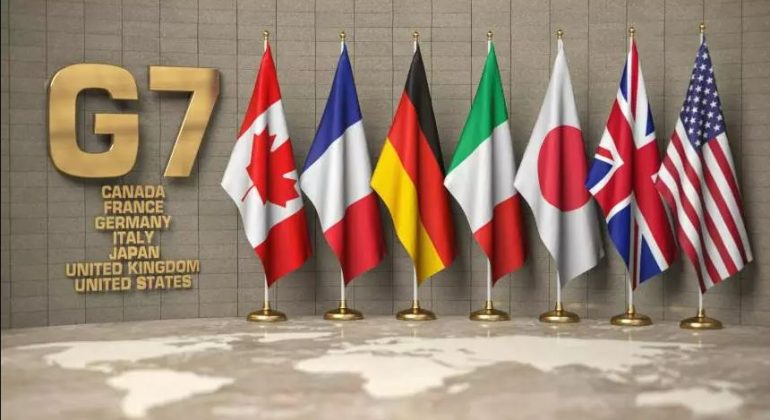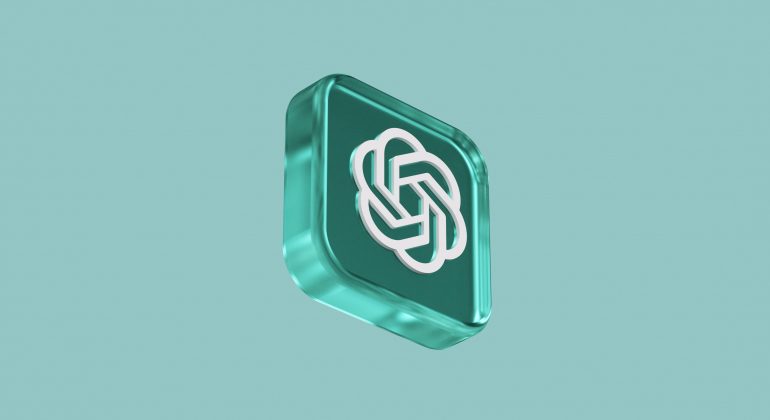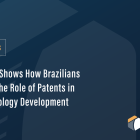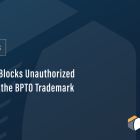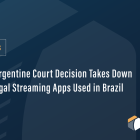The Superior Court of Justice of Brazil begins to judge whether a shopping center can use the name “Vogue”
Clique aqui para ler esta notícia em português.
The 3rd panel of The Superior Court of Justice of Brazil (STJ) began to judge whether there is trademark infringement and unfair competition for parasitic use on behalf of the luxury shopping center “Vogue Square Life Experience” by reproducing the known brand “Vogue”. The trial was interrupted at the request of Minister Nancy Andrighi for asking access to the case docket.
In this case, the owner of the Vogue brand appealed against a decision rejecting a trademark violation and unfair competition action. They pointed out that the interpretation of the industrial property law by the TJ/RJ was mistaken, as it would be undisputed in the legal system that confusion by association also constitutes an illegal act.
The State Court stated in the decision that the name of a shopping center would not be a trademark and that the infringement would only occur in the event that the consumer purchases a product thinking it is the other, that is, in cases of direct confusion.
The rapporteur, Minister Marco Bellizze, emphasized in his vote that there is no restriction of defense in the judgment of the case without the production of evidence requested by the party when duly demonstrated by the origin instances that the process was duly instructed.
He went on to argue that the protection of the trademark, whether highly renowned or not, seeks to avoid confusion or association of a registered trademark with another, being essential that the violation of trademark law causes confusion in the consumer public or erroneous association to the detriment of its holder.
According to the minister, STJ case law defines that “the names attributed to buildings and real estate developments do not enjoy exclusivity, it is common for them to receive the same name, these names, therefore, do not qualify products or services, they only confer a name for the purpose to individualize the good”.
“In the case of the records, the real estate development consists of offices, stores, hotel, gym, and convention center, so that the possibility of misleading consumers, the characterization of parasitic competition or the obfuscation of the brand of the author, mainly because the establishments located there retain their original names, without any connection to products or services of the Vogue brand.”
So he met and disproved the resource. After the vote, Minister Nancy Andrighi asked for a view.
Process: REsp 1,874,635
Source: Migalhas

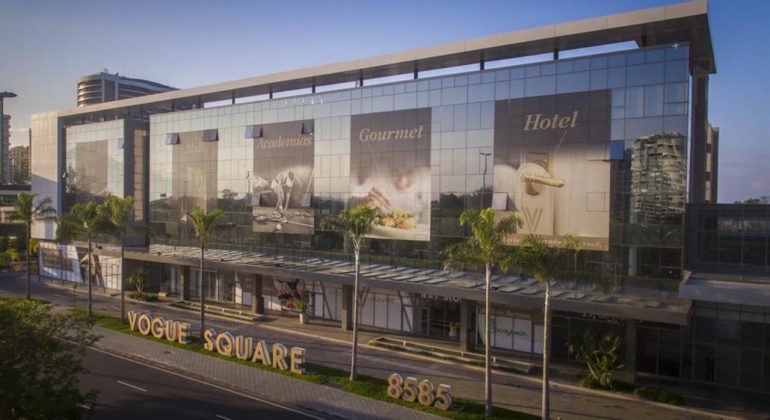

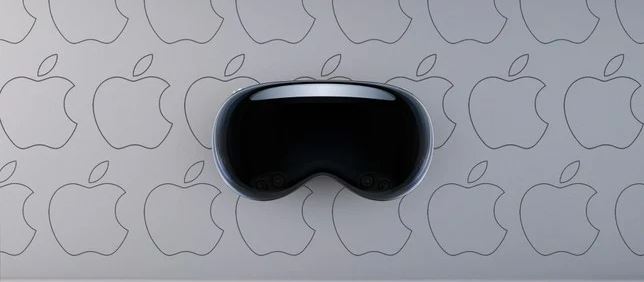
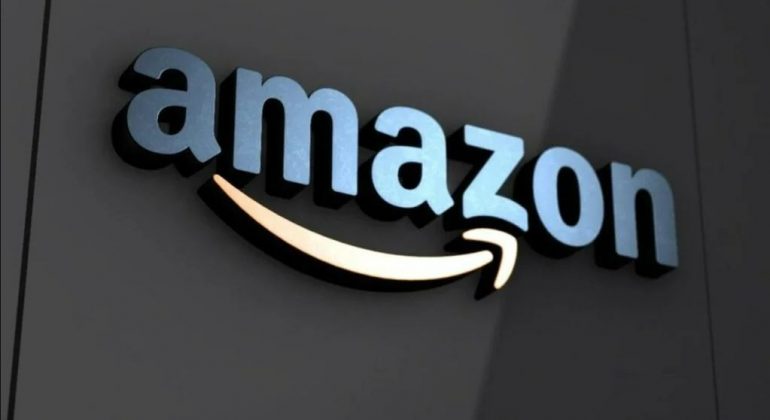
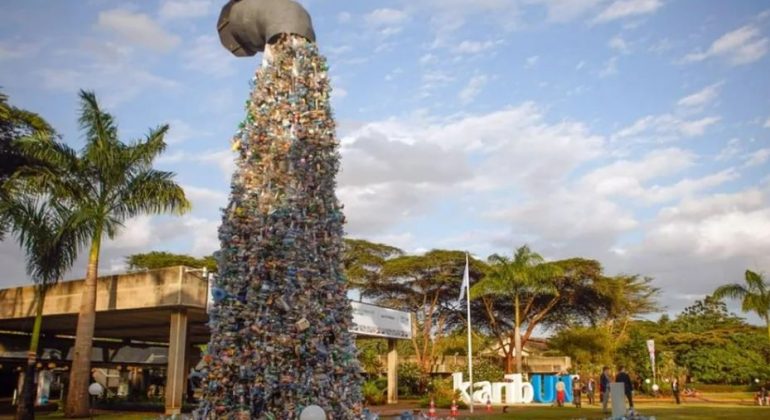

/i.s3.glbimg.com/v1/AUTH_e84042ef78cb4708aeebdf1c68c6cbd6/internal_photos/bs/2023/m/u/h2rkmQSWW8NzpOq56MfA/air-jordan-1.jpg)
/i.s3.glbimg.com/v1/AUTH_e84042ef78cb4708aeebdf1c68c6cbd6/internal_photos/bs/2023/1/H/dR64OfTr2X0asol3aPhQ/blackberry.jpg)
/i.s3.glbimg.com/v1/AUTH_e84042ef78cb4708aeebdf1c68c6cbd6/internal_photos/bs/2023/h/U/BoQZY5ROazZ4lOCciDWQ/cheetos-super-picante.jpg)
/i.s3.glbimg.com/v1/AUTH_e84042ef78cb4708aeebdf1c68c6cbd6/internal_photos/bs/2023/B/A/SP8HfRT1ybxp2NEQ6luQ/fome-de-poder.jpg)
/i.s3.glbimg.com/v1/AUTH_e84042ef78cb4708aeebdf1c68c6cbd6/internal_photos/bs/2023/0/L/PKjV1ASnidfcXAmKJMvQ/tetris.jpg)

